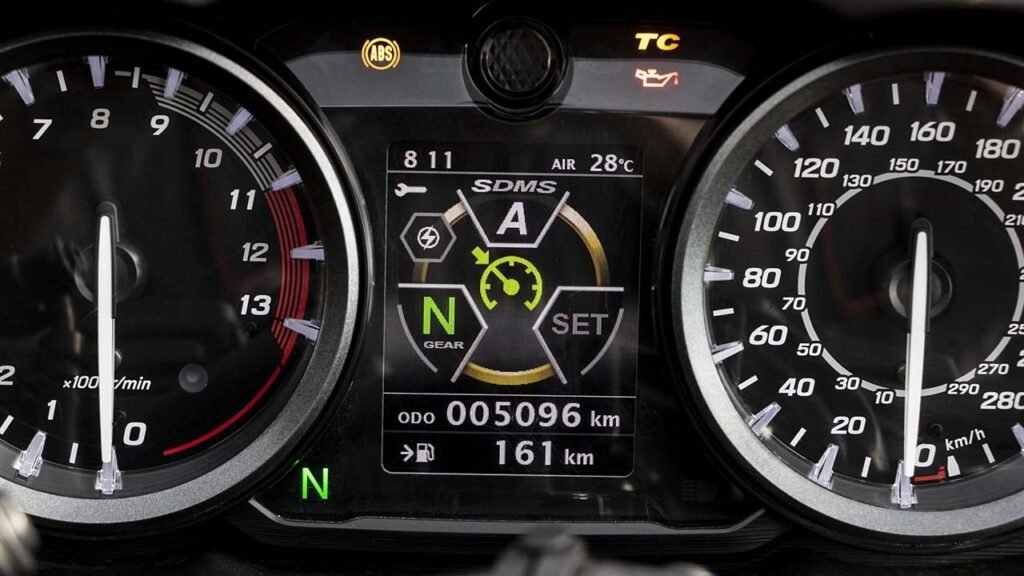These days, cars and trucks are sporting more dashboard warning lights than ever. While they offer some knowledge that your auto has a problem, they don’t diagnose the auto repair you may need. With so many warning lights, buzzers and alerts it sometimes isn’t even clear what the indicator lit means! Let us help remedy that here.
Check Engine:
The Check Engine Light or Malfunction Indicator Lamp can come on for a myriad of reasons. It may range from something simple, like a loose gas cap or spark plug issues, to more serious, costlier auto repairs like emissions system problems with the Catalytic converter or EGR valve.
Without having the trouble code from a computer scanning tool, there is no way to determine the reason for the Check Engine indicator. Depending on your car, you may be able to complete the needed scan at a local auto parts store. In some cases you may need to take the auto to an auto repair shop with computer diagnostics to have it checked. Once you have a fault code you can determine where the issue is and what steps will be necessary to correct it.
ABS Warning Light:
The ABS Warning Light lets you know there is some problem within your anti-lock brake system. When this light is on, your ABS may be temporarily disabled. While this should still allow you to brake and stop as usual, you will not have the anti-lock brake capability if you make a sudden stop or are braking on a slick or wet road. ABS Warnings should be diagnosed as soon as you can get to it, but if the Brake indicator light is also on you may have serious problems. If both warning lights are on your automobile may not be safe for driving.
Brake Warning Light:
The Brake Warning Light usually comes on for one of the following reasons: your parking brake is engaged, your brake fluid level is low, or you have serious hydraulic troubles. Obviously, the simplest thing to check is the parking brake. You should double check that it is completely released. If the brake light stays on even when you are not pressing the brake, it could be the brake fluid level. Again, it is a simple thing to check. If the level is low, add enough to bring it up. If the problem is persistent or the level has dropped drastically you should inspect for leaks. The most serious of these problems is the hydraulic problems. If the Brake light only comes on while you are pressing the brake, it is likely you have a hydraulic circuit that has lost pressure. If this is the case, your automobile may not be safe to drive. If the pedal seems to be unusually low or goes completely to the floor, you should not even drive to the auto repair shop and instead opt for safety and have it towed.
Watch for our next article for more information on dashboard warning lights and their meanings. If you have a specific question or would like to learn more about a specific topic, get in touch and let us know!

